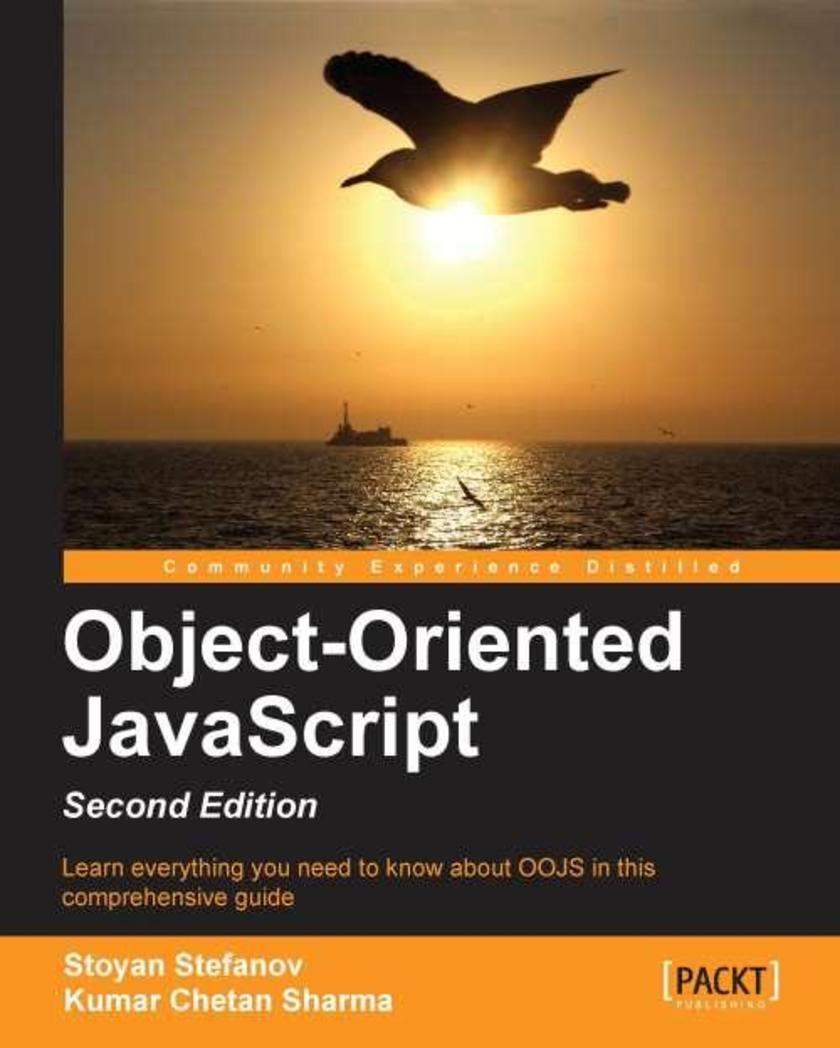
Object-oriented JavaScript - Second Edition
¥90.46
You will first be introduced to object-oriented programming, then to the basics of objects in JavaScript. This book takes a do-it-yourself approach when it comes to writing code, because the best way to really learn a programming language is by writing code. You are encouraged to type code into Firebug's console, see how it works and then tweak it and play around with it. There are practice questions at the end of each chapter to help you review what you have learned.For new to intermediate JavaScript developer who wants to prepare themselves for web development problems solved by smart JavaScript!
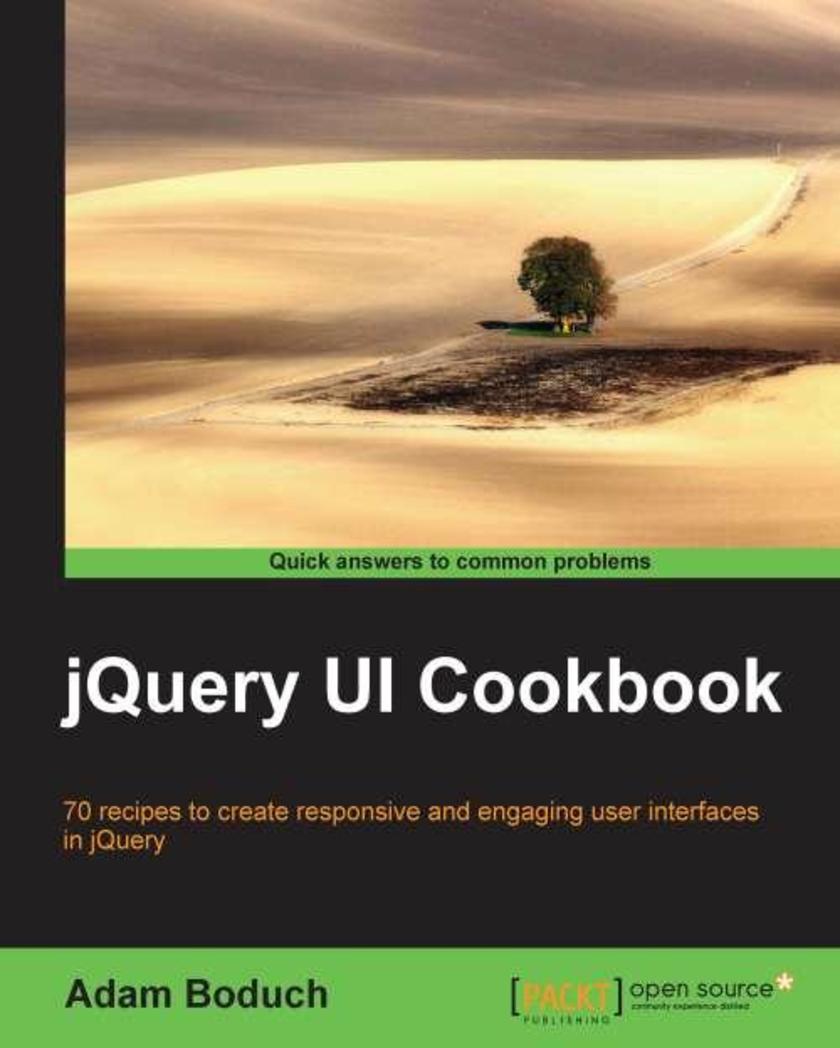
jQuery UI Cookbook
¥90.46
Filled with a practical collection of recipes, jQuery UI Cookbook is full of clear, step-by-step instructions that will help you harness the powerful UI framework in jQuery. Depending on your needs, you can dip in and out of the Cookbook and its recipes, or follow the book from start to finish.If you are a jQuery UI developer looking to improve your existing applications, extract ideas for your new application, or to better understand the overall widget architecture, then jQuery UI Cookbook is a must-have for you. The reader should at least have a rudimentary understanding of what jQuery UI is, and have written some code that uses jQuery UI.
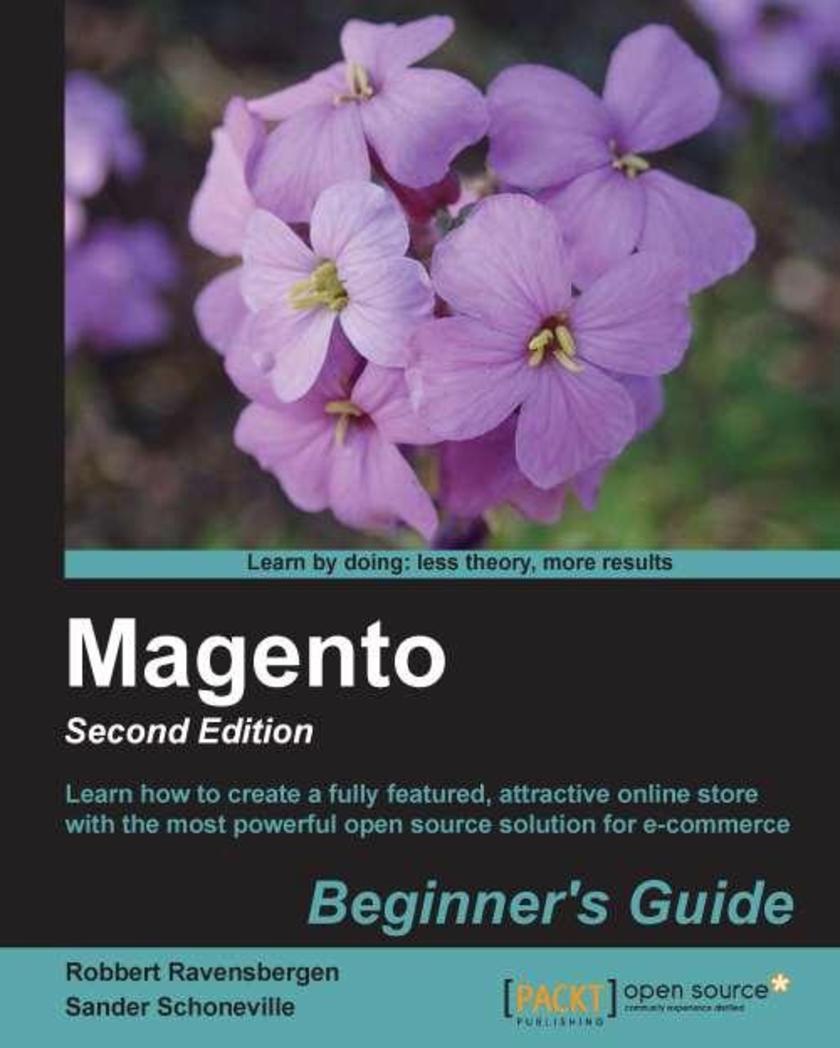
Magento Beginner's Guide Second Edition
¥90.46
This book is written in a friendly, beginner’s guide style with plenty of step-by-step instructions for installing, configuring, and using Magento to run your own e-commerce site. We will set up an example store in the book with enough information to adapt the instructions according to your needs.This book is for anyone who wants to create an online store using Magento. If you are a non-technical person and are discouraged by the complexity of this powerful e-commerce application, this book is ideal for you. This book would also suit someone with e-commerce knowledge but requires a guide to getting started with Magento.
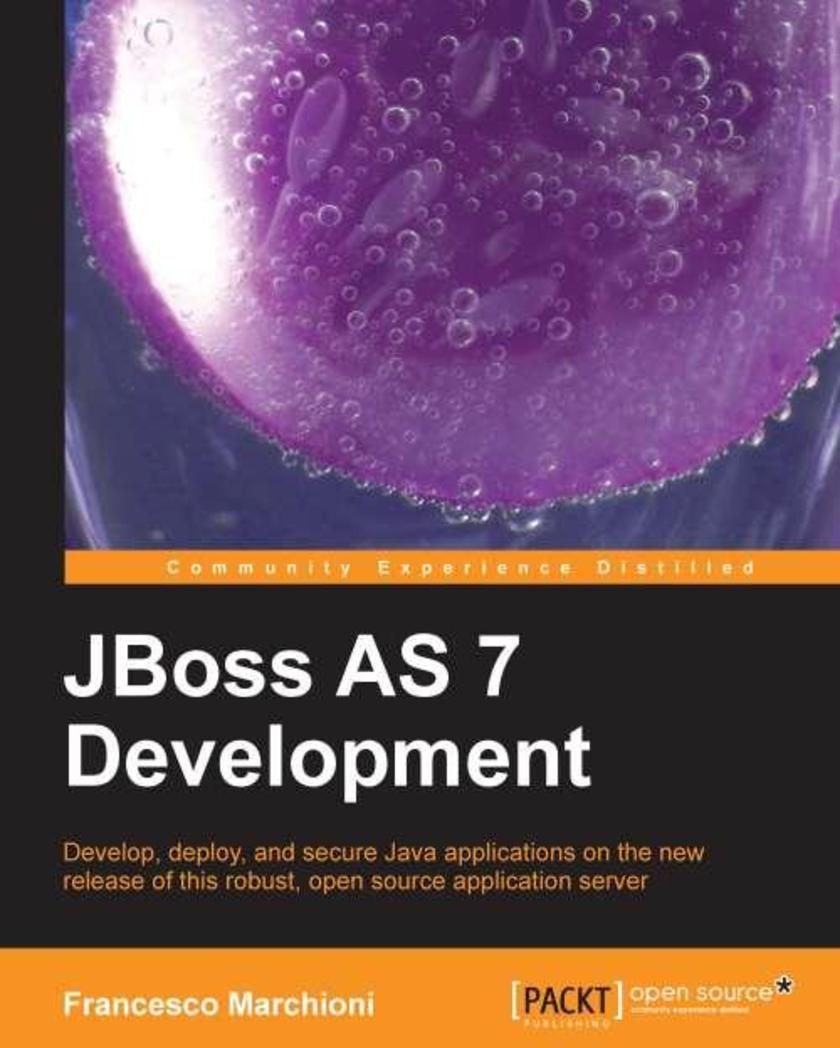
JBoss AS 7 Development
¥90.46
This book will kick-start your productivity and help you to master JBoss AS development. The author's experience with JBoss enables him to share insights on JBoss AS development in a clear and friendly way. By the end of the book, you will have the confidence to apply all the newest programming techniques to your JBoss applications.If you are a Java architect or developer who wants to get the most out of the latest release of the JBoss application server, then this book is for you. You are not expected to have accumulated experience on the application server though you must know the basic concepts of Java EE.
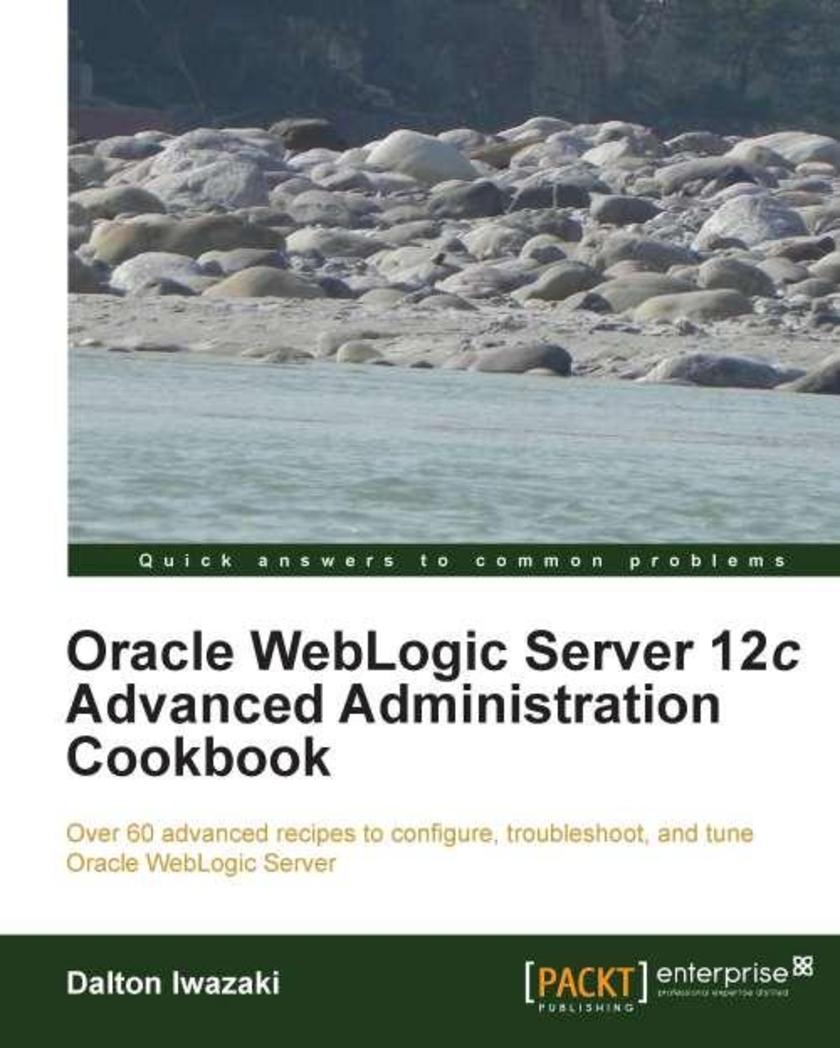
Oracle WebLogic Server 12c Advanced Administration Cookbook
¥90.46
Using real life problems and simple solutions this book will make any issue seem small. WebLogic Server books can be a bit dry but Dalton keeps the tone light and ensures no matter how complex the problem you always feel like you have someone right there with you helping you along.This book is ideal for those who know the basics of WebLogic but want to dive deeper and get to grips with more advanced topics. So if you are a datacenter operator, system administrator or even a Java developer this book could be exactly what you are looking for to take you one step further with Oracle WebLogic Server.

C Programming for Arduino
¥90.46
Written as a practical Packt book brimming with engaging examples, C Programming for Arduino will help those new to the amazing open source electronic platform so that they can start developing some great projects from the very start.This book is great for people who want to learn how to design & build their own electronic devices. From interaction design art school students to the do-it-yourself hobbyist, or even simply people who want to learn electronics, this book will help by adding a new way to design autonomous but connected devices.

Nagios Core Administration Cookbook
¥90.46
This book is written in Cookbook style, beginning with recipes based on basic structure which gradually progresses towards using Nagios Core as a monitoring framework. This book is for System Administrators who are looking for recipes to help them deal with advanced network monitoring issues with Nagios Core.
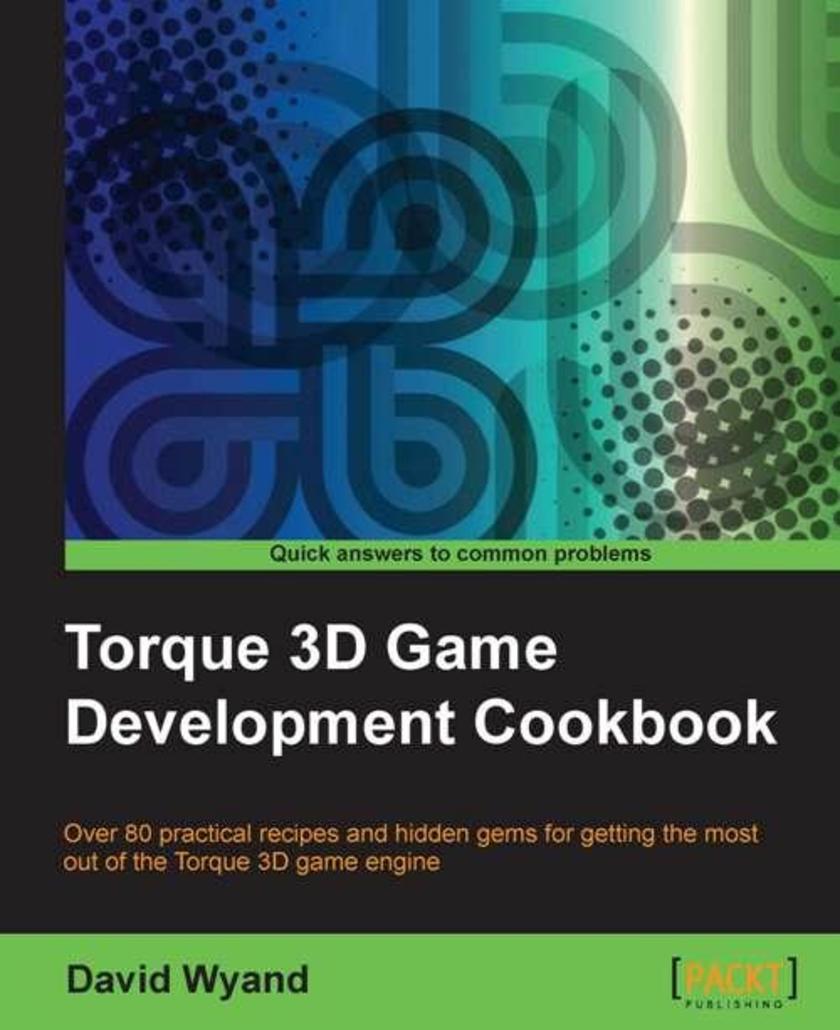
Torque 3D Game Development Cookbook
¥90.46
Cookbook; packed with recipes to help you create amazing 3D games with Torque. The recipes provide clear step-by-step instruction and practical examples to advance your understanding of Torque 3D and all of its subsystems. The book is written for professional and indie game developers that have basic knowledge of TorqueScript, are acquainted with Torque 3D’s built-in tools, and wish to take their skills to the next level. Having gone through the comprehensive Torque 3D 1.2 FPS game tutorial on the GarageGames website (or its equivalent) is assumed.
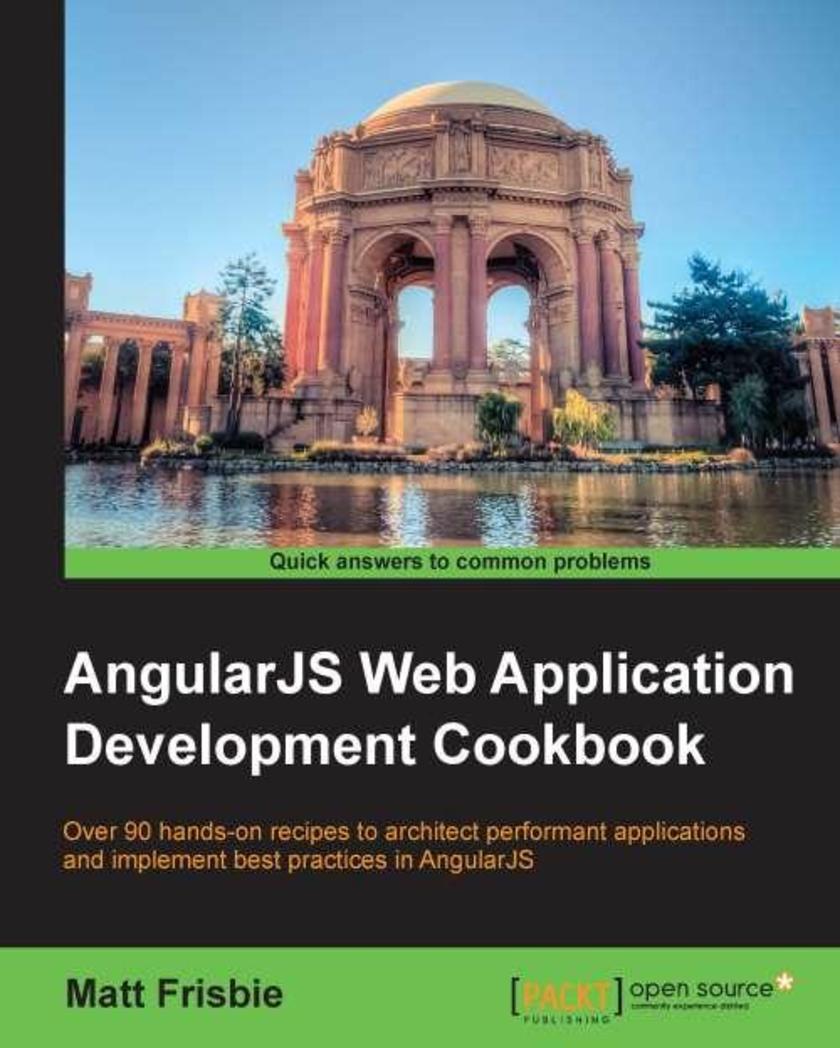
AngularJS Web Application Development Cookbook
¥90.46
This is not your grandmother's JavaScript cookbook. If you have a foundational understanding of the framework and want to expand your AngularJS skillset with strategies and methodologies for building performant and scaleable production applications, this is the book for you. This book assumes you have an understanding of the basics of AngularJS, and experience with JavaScript.
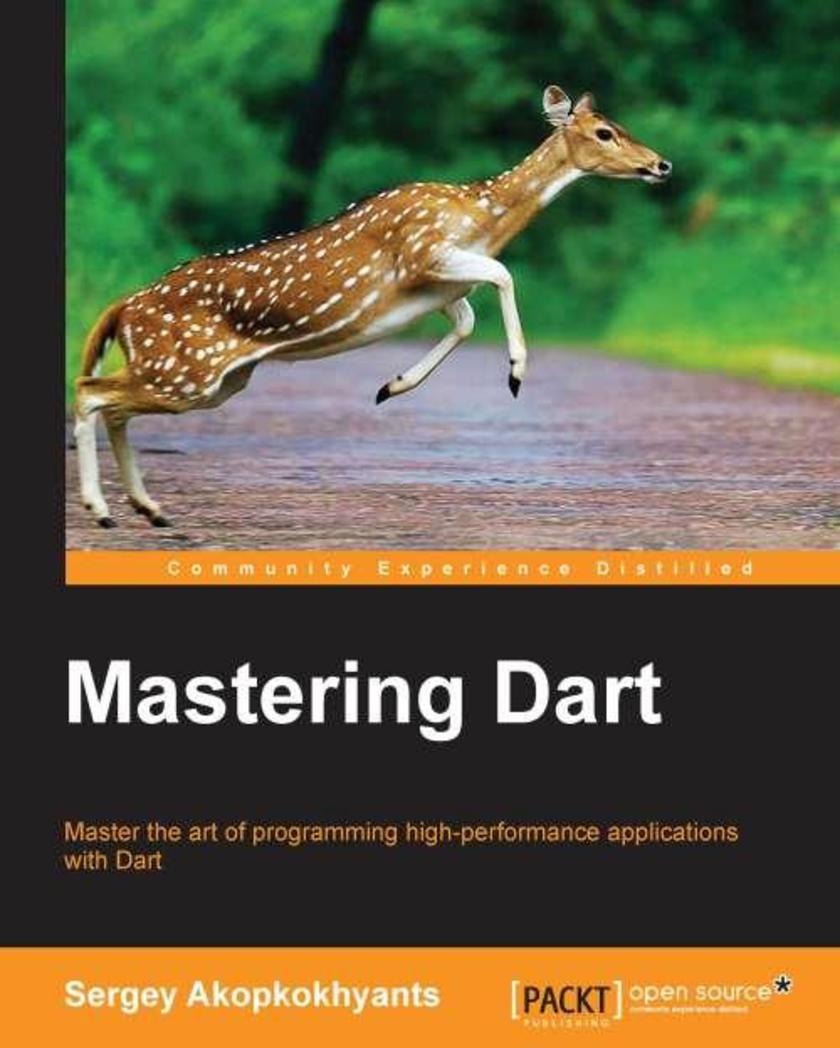
Mastering Dart
¥90.46
If you are an application developer who has experience with Dart and want to develop reusable and robust code in Dart, then this book is for you. You are expected to have a basic knowledge of core elements and applications.
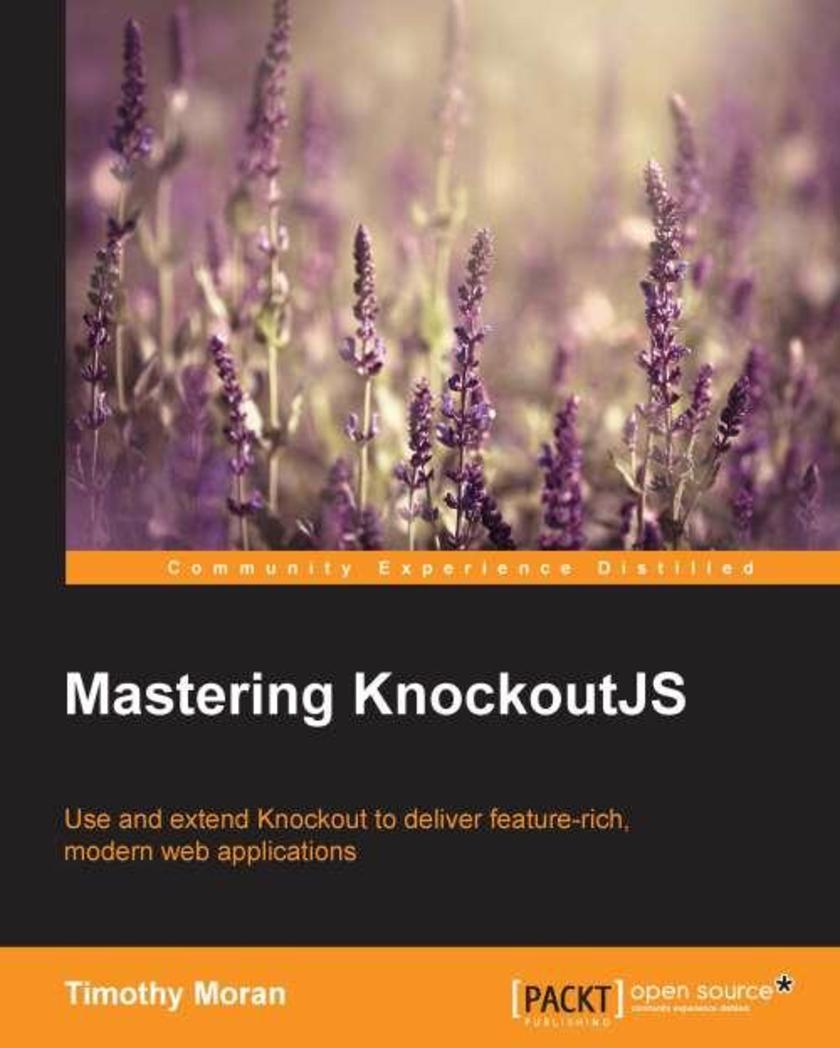
Mastering KnockoutJS
¥90.46
If you are an experienced JavaScript developer who is looking for new tools to build web applications and get an understanding of core elements and applications, this is the book for you. A basic knowledge of DOM, JavaScript, and KnockoutJS is assumed.
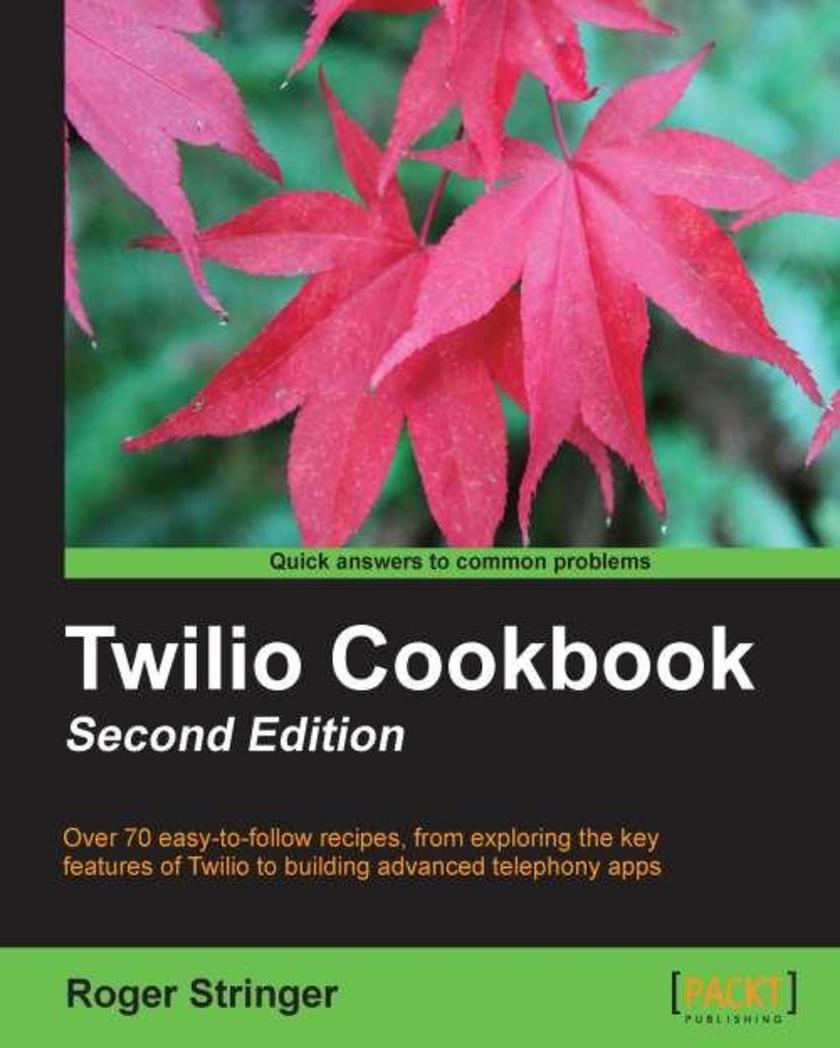
Twilio Cookbook Second Edition
¥90.46
This book is a practical, handson guide that provides the reader with a number of clear, stepbystep bitesize recipes. If you are a developer and want to learn about integrating Twilio's API into your websites for telephone solutions, then this book is for you. Basic knowledge of PHP and MySQL is expected.

Photographic Rendering with V-Ray for SketchUp
¥90.46
This book is filled with examples explaining the theoretical concepts behind them. Filled with ample screenshots, diagrams, and final rendered images, this book will help readers develop an understanding of photographic rendering with VRay. If you are a SketchUp user who would love to turn your favourite modelling application into a ‘virtual photography studio’, then this book has been designed and written for you. Existing VRay users will also find plenty to enjoy and benefit from in this book. Some basic experience with SketchUp and familiarity with photography will be helpful, but is not mandatory.

PostGIS Cookbook
¥90.46
An easytouse guide, full of handson recipes for manipulating spatial data in a PostGIS database. Each topic is explained and placed in context, and for the more inquisitive, there are more details of the concepts used. If you are a web developer or a software architect, especially in locationbased companies, and want to expand the range of techniques you are using with PostGIS, then this book is for you. You should have some prior experience with PostgreSQL database and spatial concepts.
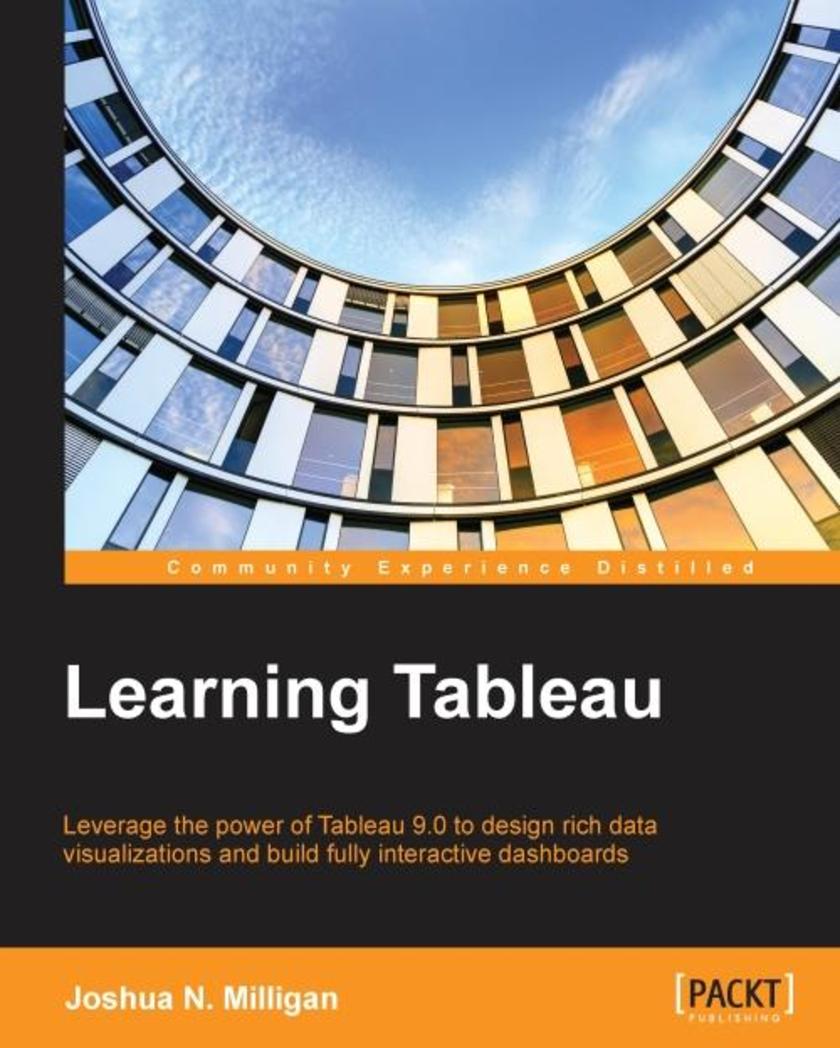
Learning Tableau
¥90.46
If you want to understand your data using data visualization and don't know where to start, then this is the book for you. Whether you are a beginner or have years of experience, this book will help you to quickly acquire the skills and techniques used to discover, analyze, and communicate data visually. Some familiarity with databases and data structures is helpful, but not required.
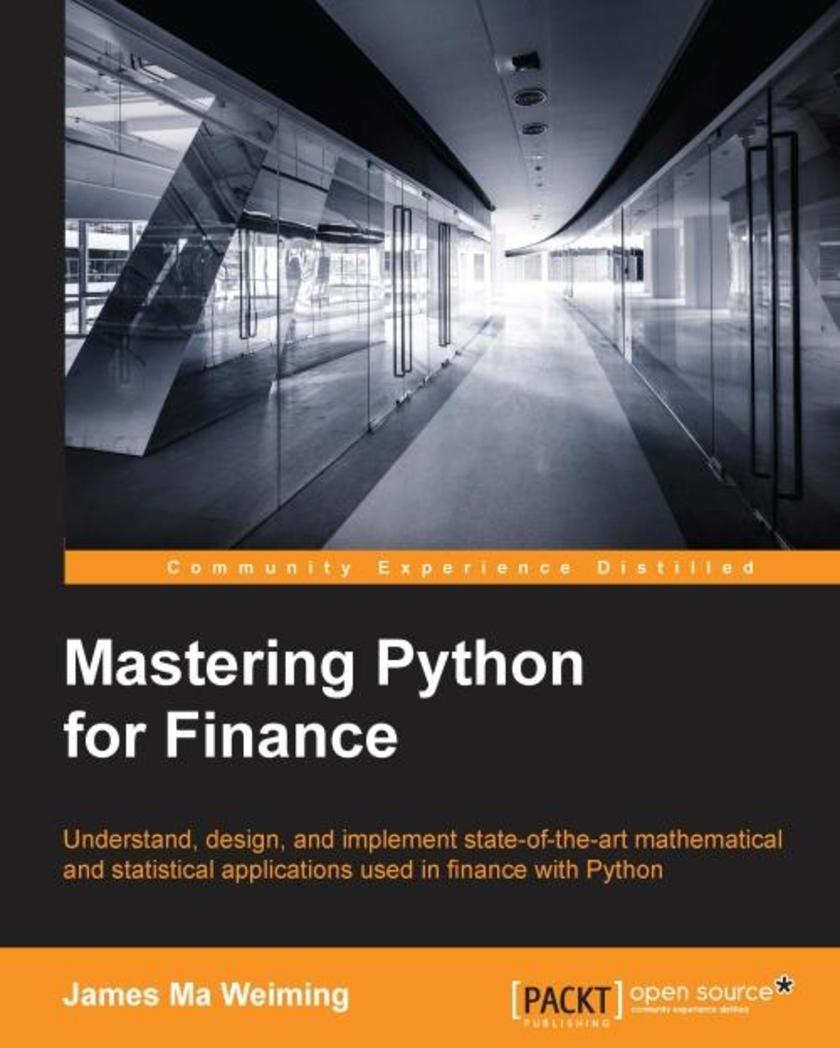
Mastering Python for Finance
¥90.46
If you are an undergraduate or graduate student, a beginner to algorithmic development and research, or a software developer in the financial industry who is interested in using Python for quantitative methods in finance, this is the book for you. It would be helpful to have a bit of familiarity with basic Python usage, but no prior experience is required.
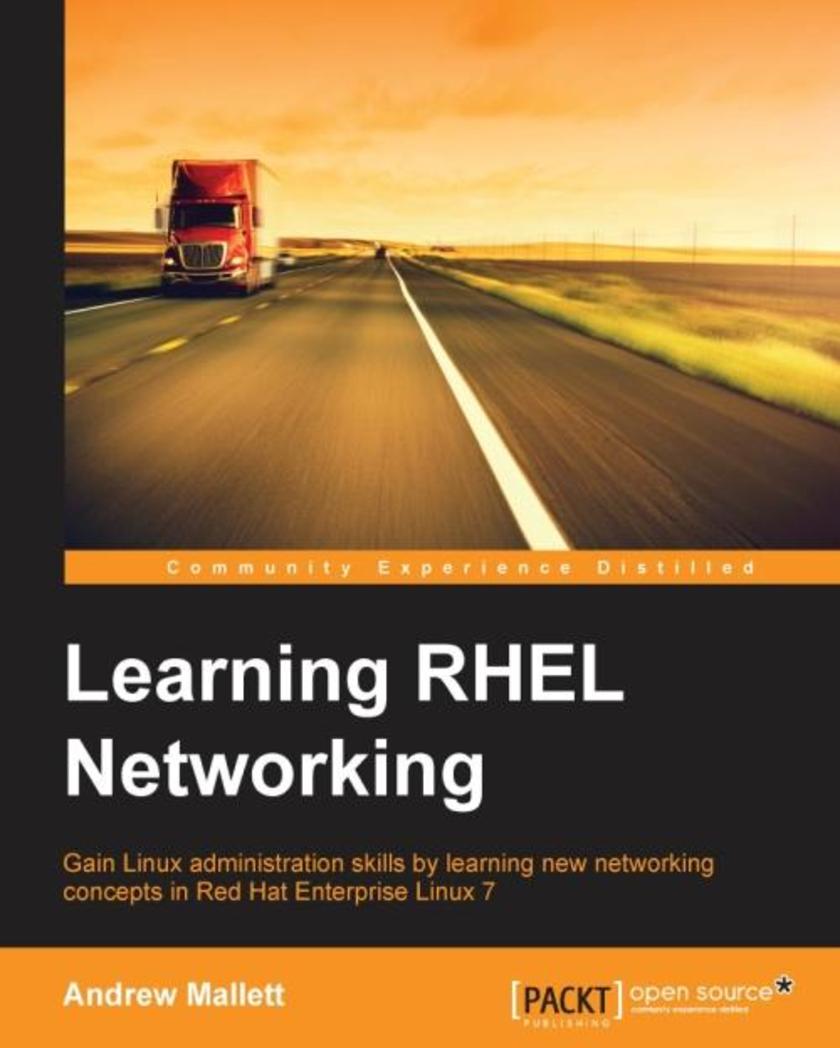
Learning RHEL Networking
¥90.46
This book is ideal for administrators who need to learn the networking abilities of Red Hat Enterprise Linux 7. You may not be a Linux administrator already, but you will need to be able to test files in Linux and navigate the filesystem.
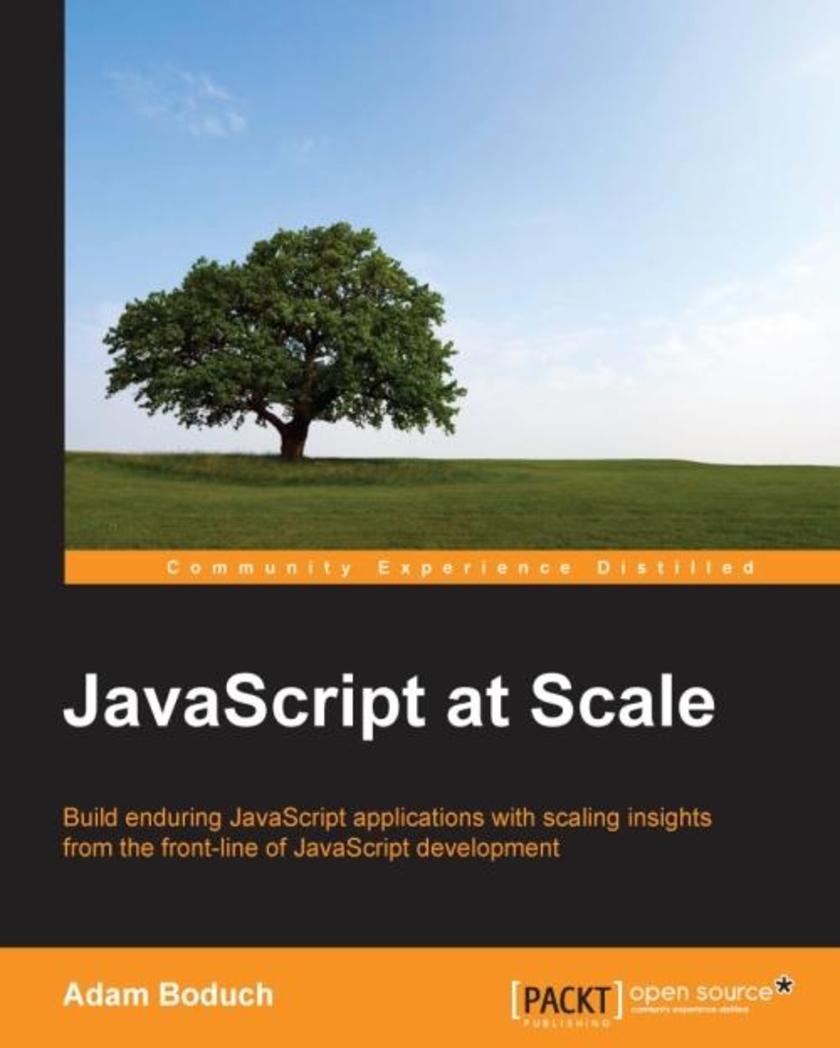
JavaScript at Scale
¥90.46
Have you ever come up against an application that felt like it was built on sandMaybe you've been tasked with creating an application that needs to last longer than a year before a complete re-writeIf so, JavaScript at Scale is your missing documentation for maintaining scalable architectures. There's no prerequisite framework knowledge required for this book, however, most concepts presented throughout are adaptations of components found in frameworks such as Backbone, AngularJS, or Ember. All code examples are presented using ECMAScript 6 syntax, to make sure your applications are ready for next generation browsers.
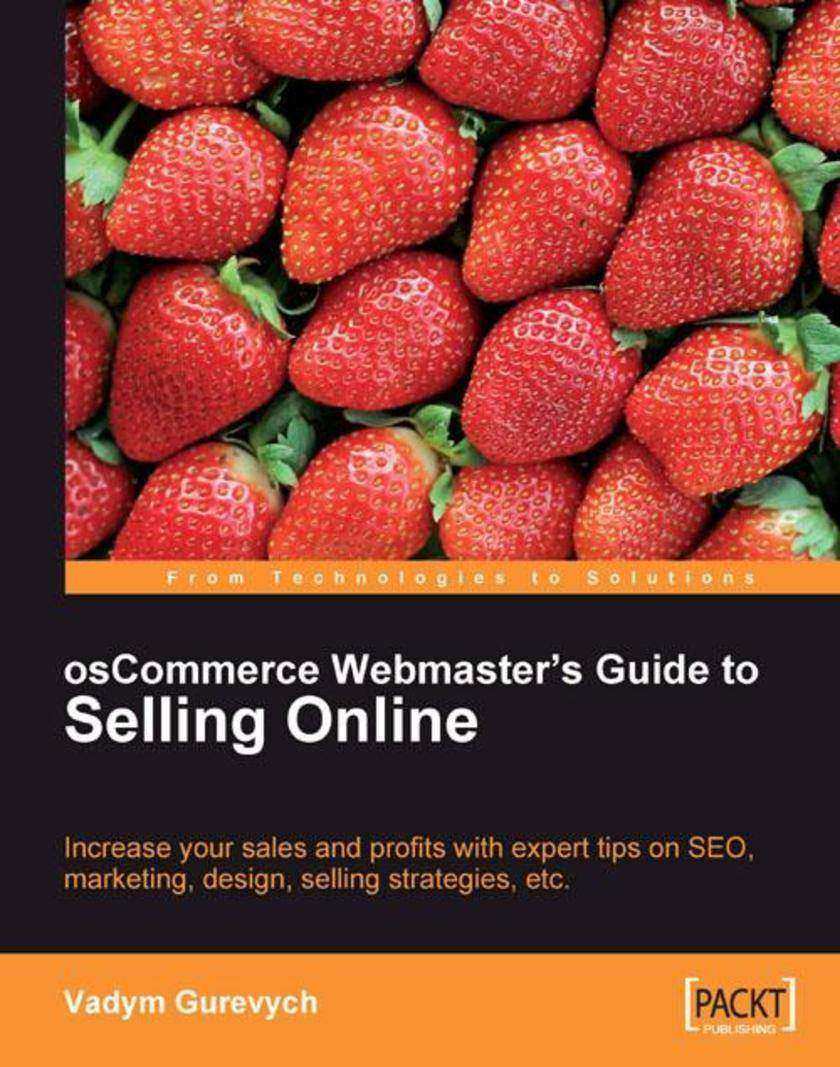
osCommerce Webmaster’s Guide to Selling Online
¥90.46
Packed with expert advice and practical examples of effective store design and report creation to help you make better decisions, formulate more effective strategies, and measure your success. This book is for anyone administering an osCommerce site, including webmasters, content managers, store owners, and marketing managers, who do not need to understand PHP or MySQL to benefit from this book. The tips and techniques described in this book can be applied to any small, medium sized e-commerce site. This is not an implementation guide; developers implementing osCommerce-based e-commerce sites would benefit from reading Deep Inside osCommerce: The Cookbook.
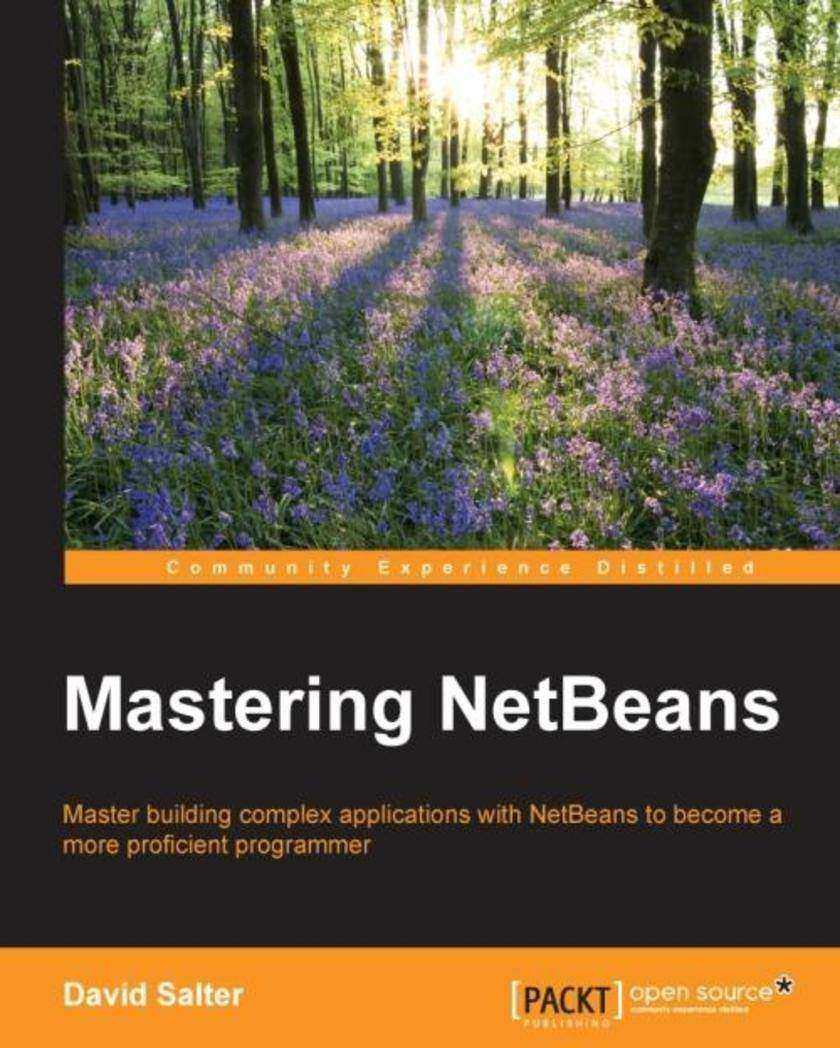
Mastering NetBeans
¥90.46
If you are a competent developer who wants to fast-track your application development with the NetBeans IDE, then this book is for you. Reasonable knowledge and an understanding of Java programming and the NetBeans IDE is assumed.
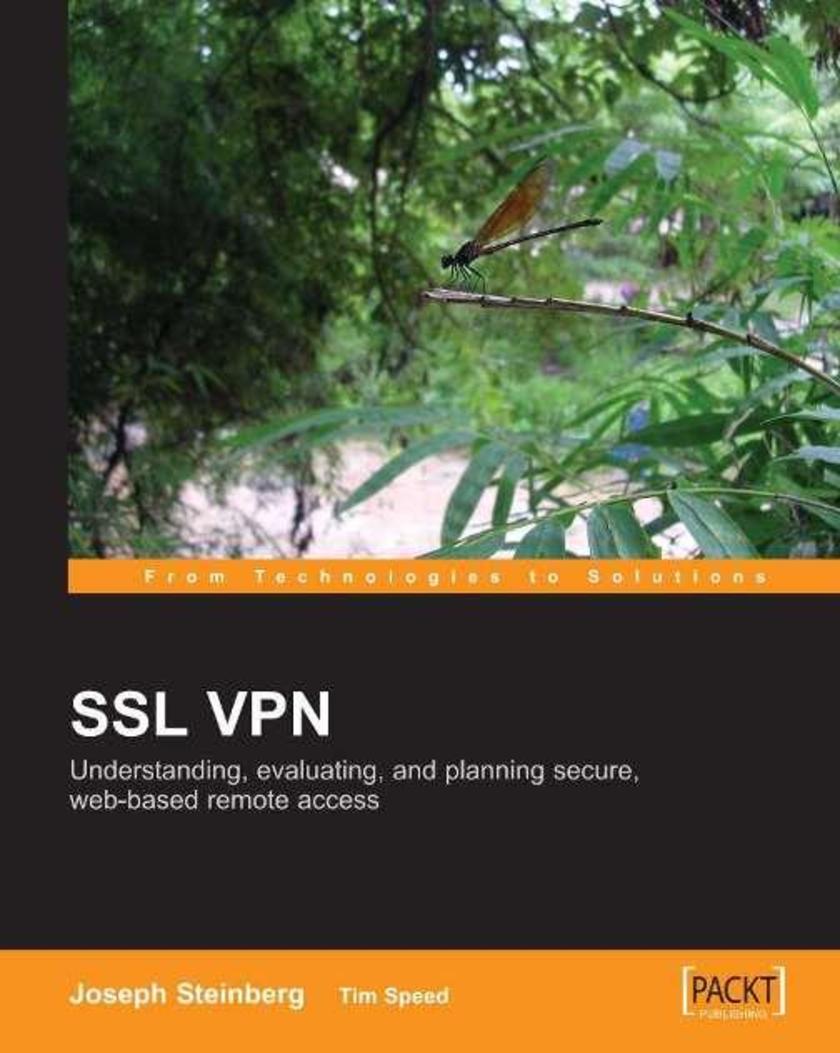
SSL VPN : Understanding, evaluating and planning secure, web-based remote access
¥90.46
The book blends technically rigorous de*ions with a friendly approach based on practical examples and scenarios. The authors write in clear, informal language and make extensive use of diagrams and images. The book begins with an overview of SSL VPN?s purpose, and the technical and business trends that are making it popular today. It then looks at how SSL VPNs work and how they fit into existing network plans. The effect of SSL VPN on the wider business environment is then considered, before looking at how SSL VPN technology is likely to develop in the future. This book aimed at IT network professionals and managers who are currently evaluating SSL VPN technologies. It requires a broad understanding of networking concepts, but does not require specific and detailed technical knowledge of protocols or vendor implementations.




 购物车
购物车 个人中心
个人中心



